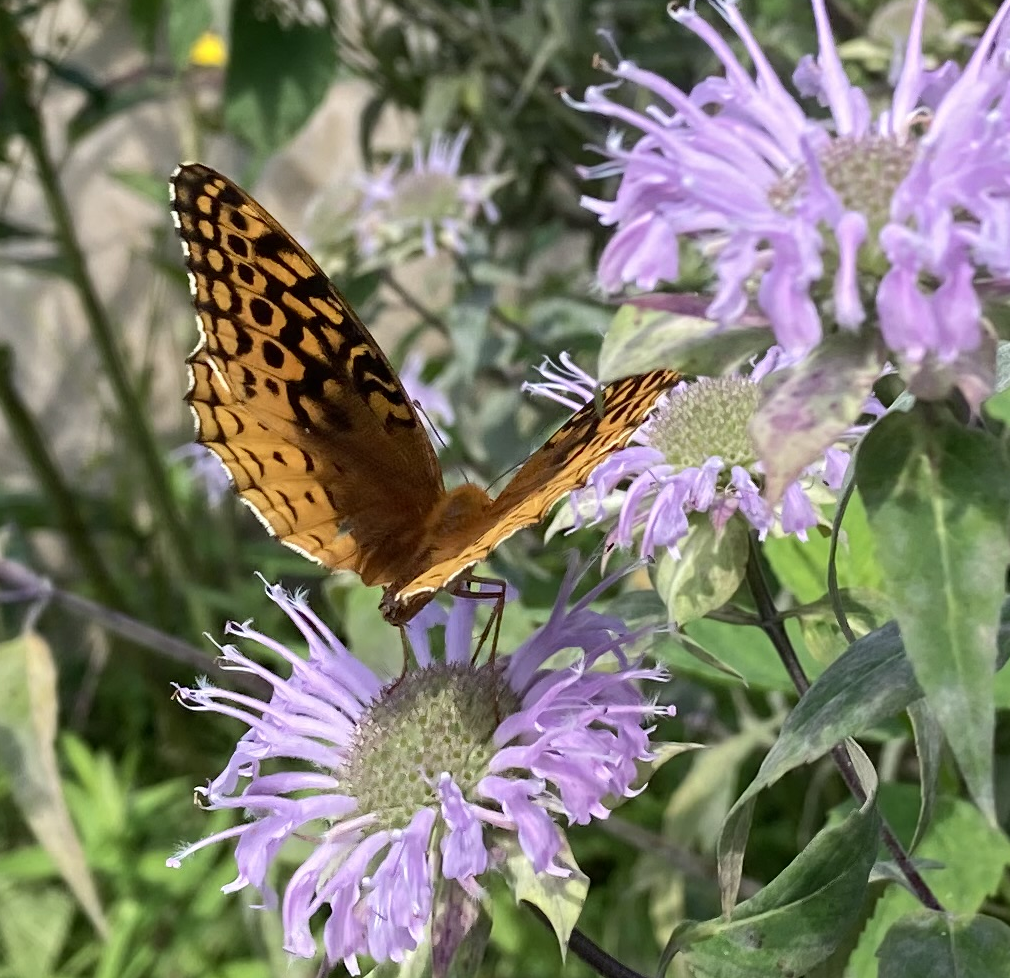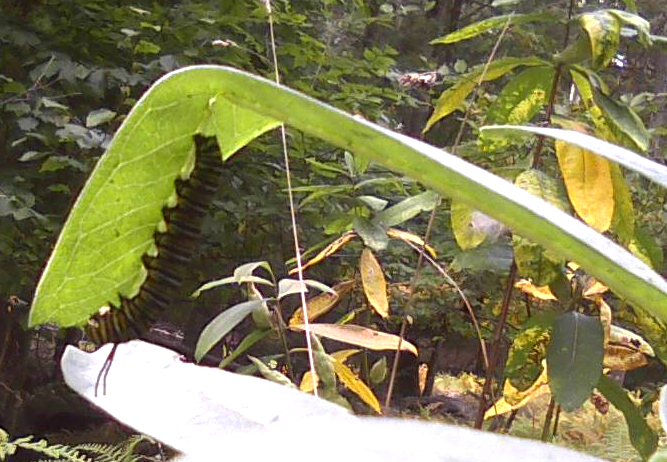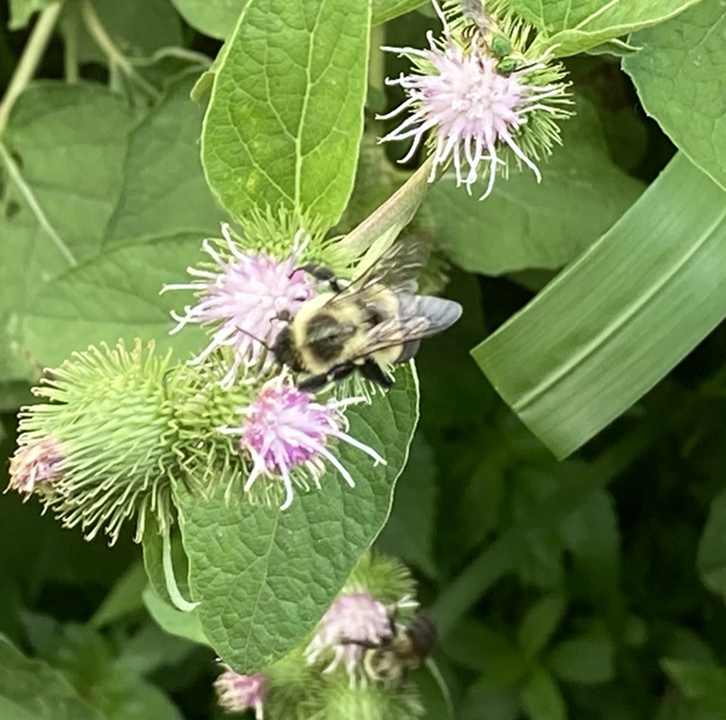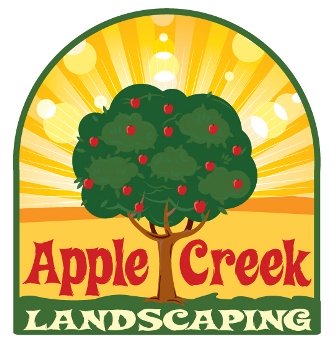How to Help Pollinators
Wondering how to help pollinators, like bees, Hummingbird Moths, wasps and butterflies? Then read on. Planting native wildflowers, shrubs, and trees is one of the most effective ways to support pollinators.
Native plants have evolved alongside local insects and provide the nectar and pollen they need throughout the growing season. In the Northeast, species like bee balm (aka Monarda), goldenrod, milkweed and coneflowers are excellent choices.
These plants typically require less maintenance and water than non-native species, making them a practical and eco-friendly option for gardens and landscapes.
Avoid Chemical Pesticide
Avoiding pesticides and herbicides is another critical step.
Many chemicals used in lawn and garden care, especially neonicotinoids, are harmful to pollinators like bees, butterflies, and moths. Instead, consider using natural pest control methods, like agricultural strength vinegar, and tolerating a bit of imperfection in your garden.
Neonicotinoids are chemically related to nicotine. The name literally means "new nicotines." They are synthetic compounds designed to mimic nicotine’s action on the nervous system of insects.
Weeds
Remember weeds are just plants growing in the wrong place. Goldenrod, Millkweed, Joe Pye Weed and thistles are all good plants to grow for beneficial insects even if you wouldn't normally grow them in a garden or flower bed.
Letting clover, dandelions and other early "weeds" grow, especially in early spring, can provide crucial food sources when little else is blooming.
Why are nicotine based pesticides so harmful?
Neonicotinoids (or "neonics") are a class of systemic insecticides that can significantly disrupt pollinator life cycles, especially in bees and other beneficial insects. They act on the nervous system of insects, binding to receptors that regulate nerve signals, ultimately leading to paralysis and death. Even at sublethal doses, neonicotinoids can impair vital behaviors such as foraging, navigation, and learning.
For pollinators like honeybees and native solitary bees, exposure to neonicotinoids during different life stages can have cascading effects. Larvae fed contaminated pollen and nectar may develop more slowly, show reduced survival rates, or emerge as weaker adults. In adult bees, neonics can reduce reproductive success, suppress immune systems, and shorten lifespans.
They also interfere with colony dynamics. In social species like honeybees and bumblebees, even mild impairments in individual bees can affect the whole colony’s efficiency and survival. For example, if foragers can't navigate effectively, food intake declines, which compromises brood development and overwintering success.
Since neonicotinoids persist in soils. This means that they are taken up by plants, they can contaminate nectar and pollen for months, sometimes years.
This long-lasting presence means pollinators can be exposed even when insecticides aren't freshly applied, making these chemicals a chronic threat to pollinator populations and their life cycles.
Tips to Create Homes for Pollinators
Creating nesting habitats can further help pollinators thrive.
- Leave some areas of bare soil for ground-nesting bees.
- Maintain a brush pile or stack of dead wood.
- Protect an undisturbed corner for solitary bees and butterflies.
- Install bee hotels to provide shelter for cavity-nesting species.
Reducing the size of your lawn in favor of pollinator-friendly plantings also enhances the ecological value of your yard.
Support native bees and other pollinators by maintaining a continuous bloom from early spring to late fall.
Choose a variety of plants that flower at different times to ensure that food is always available. Group flowers in clumps to make them more visible and accessible.
By taking small, intentional steps, Pennsylvania property owners can create safe havens for pollinators and help counter their global decline.
Where Can You Learn More?
- Food and Agriculture Organization of the United Nations - World Bee Day
- Forbes Magazine - Unsung Heros of Sustainability
- OneEarth.org - Help Pollinators Thrive
- Visit Bee City USA
Somewhere, something incredible is waiting to be known. ~ Carl Sagan








